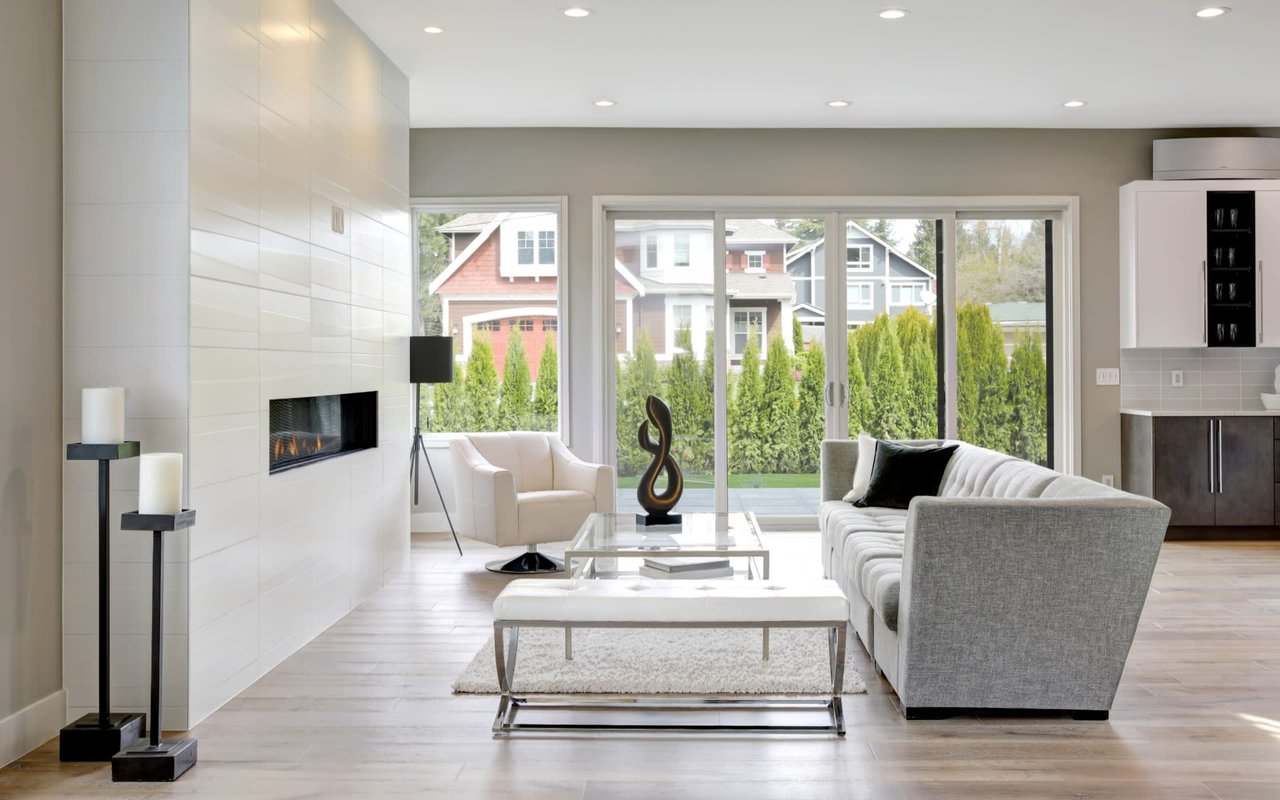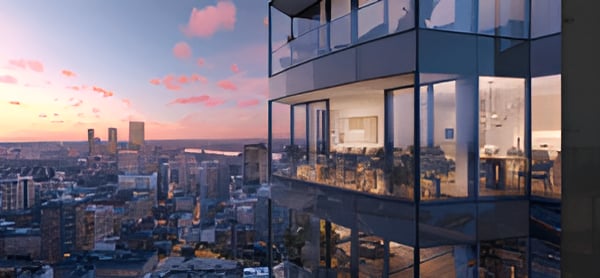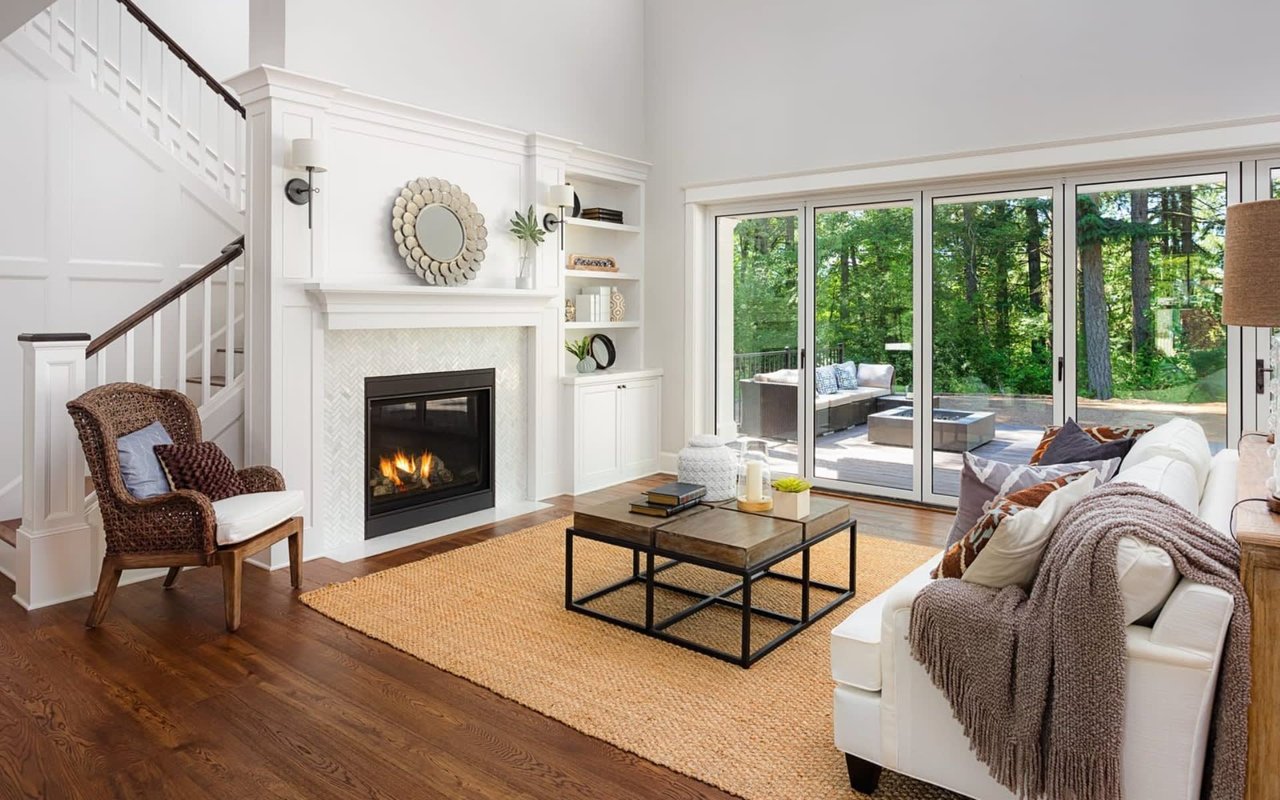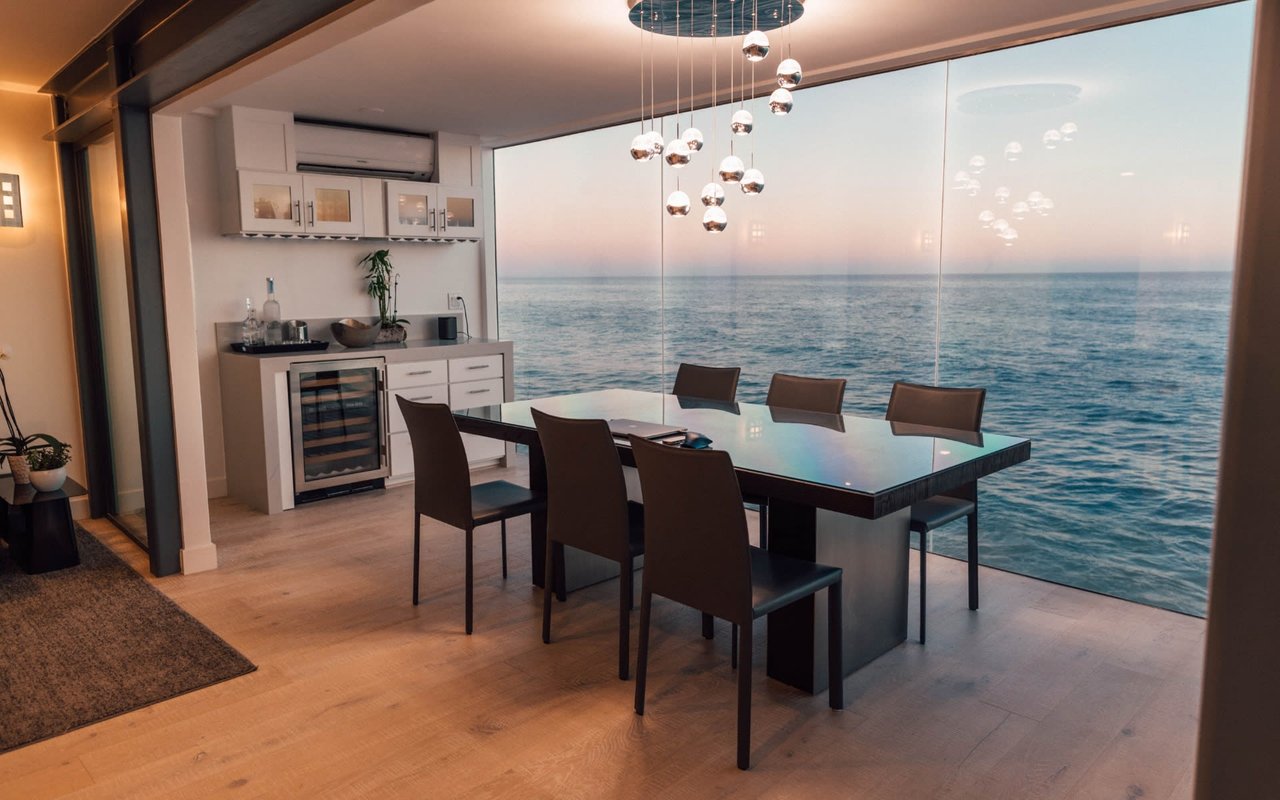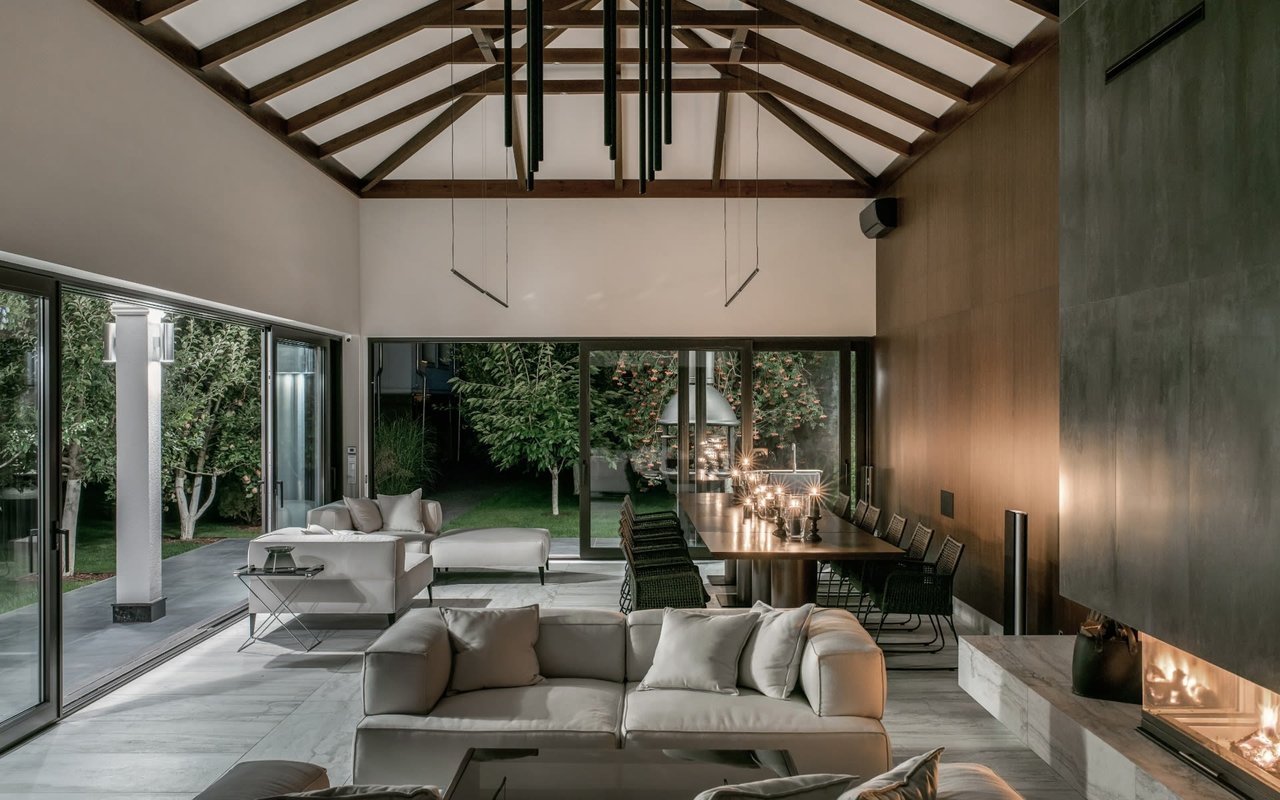Suburban Sluggishness Mirrors Boston’s Downturn
By Sue Hawkes | Special to Banker & Tradesman | Jun 23, 2024
The 166-unit Ritz-Carlton Residences, Boston at Hines’ South Station tower development is scheduled for completion in 2025. The project is the most notable high-end luxury development under construction in Boston. Image courtesy of Hines
The Greater Boston luxury real estate market has experienced an “attitude adjustment” during the past year and a half. Movement within this sector has been stymied by high interest rates, the lack of product, and the resultant discomfort from buyers unwilling to move from their existing, “affordable” mortgages.
Interestingly, this slowdown has not resulted in wholesale price reductions for the limited offerings on the market, for just that reason. There is no supply. Most transactions have been with cash, and first-time homebuyers are leaning hard on their parents for that down payment or even the full purchase.
Boston’s urban core absorption is down almost 20 percent year-over-year to 2,800 units, from 3,400 the previous year. However, the average sales prices have only lowered by 3 percent, to an average of slightly over $1.3 million or $1,100 per foot. It will remain to be seen if this minimal price drop trend continues as buildings with remaining inventory consider more aggressive tactics to move the product to redeploy capital during the next few months.
Despite this previously measured performance, the spring market appears to be evolving in a positive direction. The past month has resulted in a significant uptick in sales absorption, along with that good news, at a price appreciation of 5 percent. The market appears to be capitulating, accepting the current trend of higher interest rates in exchange for new digs and tired of waiting to make a move.
The number of days on market has decreased and absorption has increased – all positive signs. Product is moving, albeit cautiously.
As soon as we experience a softening in the interest rates, we can expect a healthy uptick in sales due to the pent-up demand from the past few years’ hold. However, concurrent with that absorption, will likely be a corresponding price increase as the market chases a limited supply.
Developers Put Projects on Pause
The biggest challenge that the local urban real estate market faces is the current lack of projects progressing through the challenged development system. The combination of expensive capital, increased construction costs and City Hall’s additional linkage requirements has sufficiently ground development to a halt in Boston. Developers are choosing to either wait or go elsewhere, both outside of the urban core as well as out of state.
Boston historically absorbs anywhere from 600 to 1,000 units per quarter, 120 of which are in excess of $1,800 per foot, the highest end luxury. With only one building under construction – South Station Tower, with 166 units and one scheduled to go vertical – Parcel H in the Seaport, with approximately 125 units, the inventory prognosis is dire.
Given the current cost of capital and high rental market, the few projects that are “on the boards” are predominantly rental. With stabilized properties over 95 percent occupied at historical rental rates, the decision to develop rentals over for-sale projects is compelling. The additional driver of the currently high mortgage interest rates is further supporting this hot rental market.
Sue Hawkes
The story in the suburbs is even more dire – there is no inventory there either. Bid wars still abound, and the appreciation is pushing 8 percent year over year. With the average price broaching $1.85 million among Boston’s top 10 suburbs, the affordability issue is paramount. Product is less expensive and easier to produce in the suburbs, but with the current cost of money, both for the builder/developer and the consumer, the results are insufficient. Unless one has to move or has unlimited funds, no one wants to give up their 3 percent interest rate in the suburbs, either.
Fortunately, Boston has a very resilient economy, one that historically has rebounded faster and higher than most. However, a robust economy will only continue to bring in more people, with nowhere to live. The city doesn’t just have an affordability problem, it has a serious housing problem – at all levels and price points.
There is no magic bullet to mitigate this problem – we can’t control the interest rates, but the city should be able to provide creative, positive support to any developer willing to put a shovel in the ground in our fair city. That is the only path toward creating more housing. The lack of that support will only result in further eroding our housing options.
Sue Hawkes is managing director at The Collaborative Companies.
